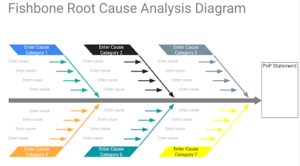- About
- Teams
- CEI Structure
The CEI welcomes in districts and LEAs through a cohort model. Each Cohort makes a two year commitment learn and grow within the initiative, and many stay longer to share their expertise and facilitate the learning of newer cohorts.
-
- Blog
- Learning
- Online Learning
The CEI is proud to offer a selection of CEI-created and curated resources and learning modules on a variety of topics designed to help educators strengthen their community engagement practices.
-
- Joining CEI
- Contact
- Find Your Closest CEI Team
- Search



